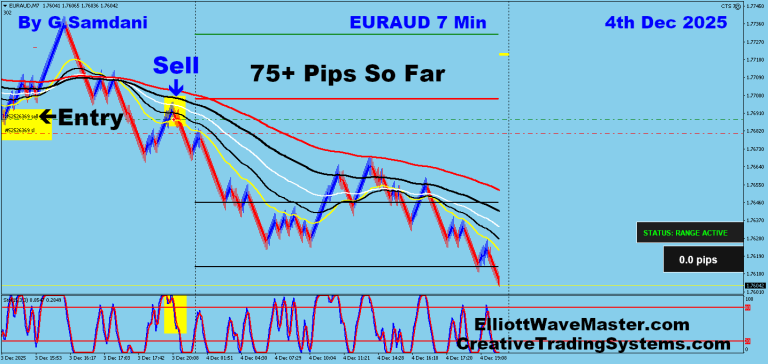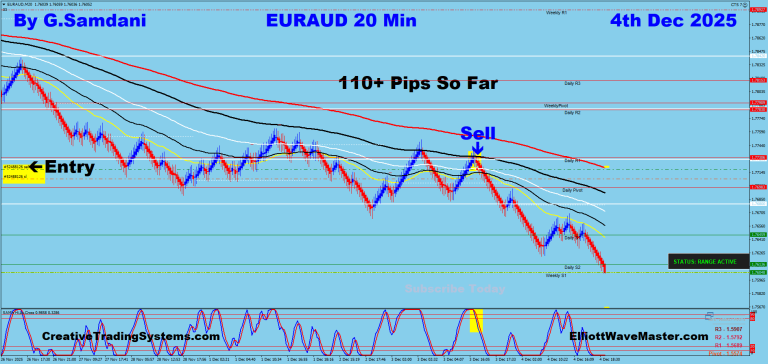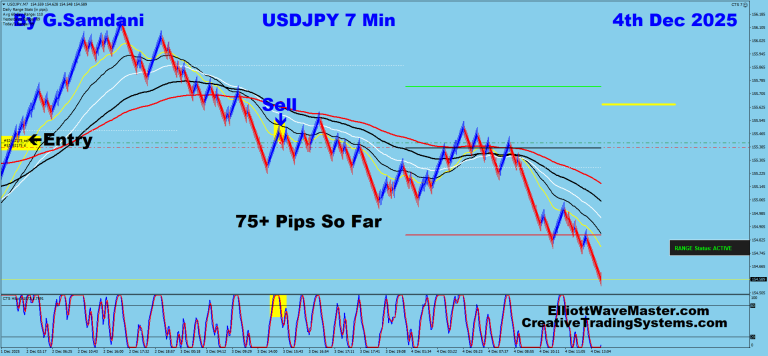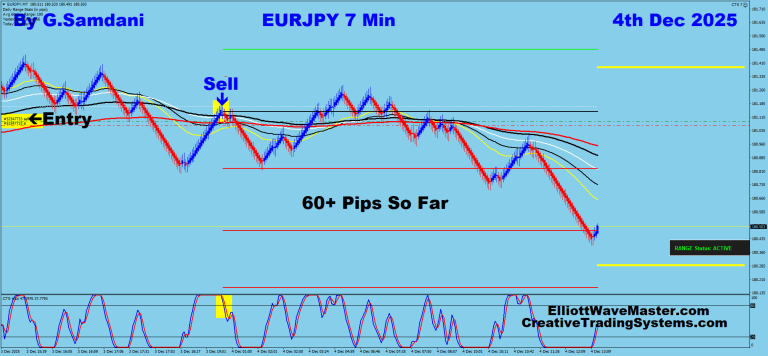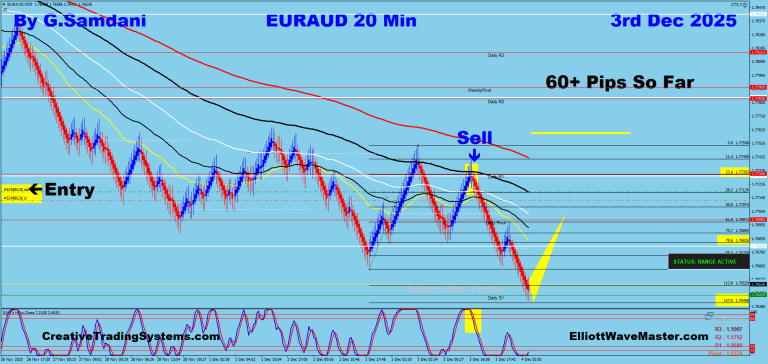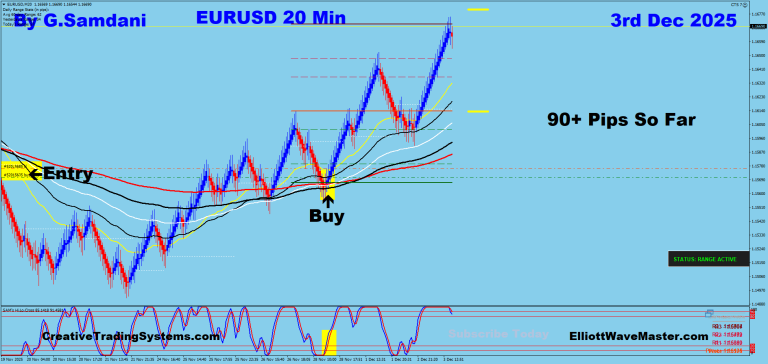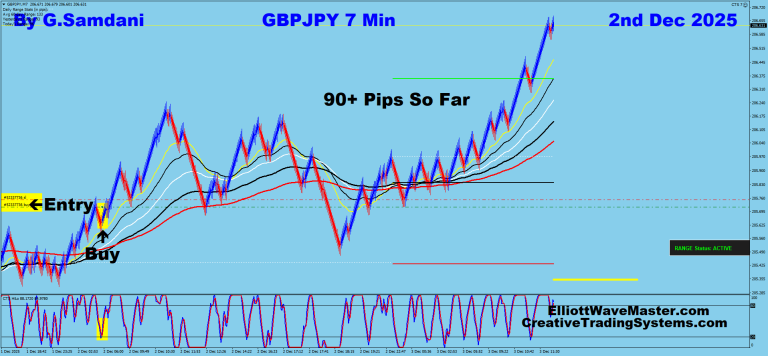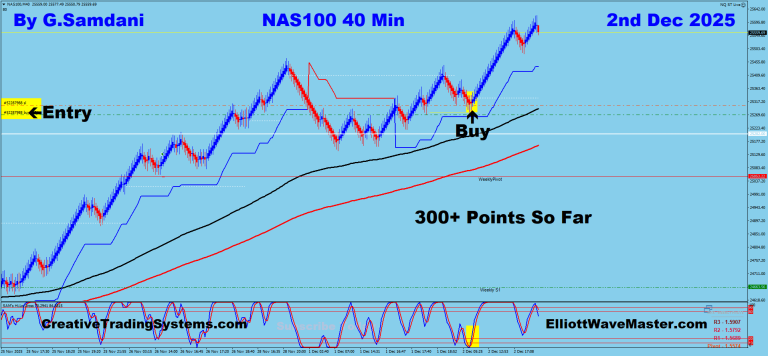Here are the main ways a shutdown can ripple into markets:
| Channel | Potential Effect | Notes / Historical Experience |
|---|---|---|
| Economic drag / growth slowdown | Reduction in government spending, furloughed workers losing income, delays in contracts, etc., all shave off growth. | Estimates suggest each week of a shutdown might deduct ~0.1 percentage point from quarterly GDP growth. Invesco+3ABC News+3institutional.fidelity.com+3 |
| Delayed economic data release | Key indicators (e.g. employment reports, inflation, manufacturing) may be delayed or halted, reducing transparency. | This “data blackout” may force markets to rely more on private-sector data and guesswork. Reuters+3Reuters+3Barron’s+3 |
| Regulatory / administrative slowdowns | Agencies like the SEC or CFTC may operate with minimal staffing, delaying filings, approvals (e.g. IPOs), oversight. | For instance, new public offerings could stall. Reuters+1 |
| Risk / uncertainty premium | Investors may demand extra risk premium (higher volatility, risk-off flows) because of heightened uncertainty. | This tends to show up in bond yields, credit spreads, and equity volatility. institutional.fidelity.com+3Reuters+3Barron’s+3 |
| Impact on dollar, safe-havens & flows | The U.S. dollar might weaken slightly; capital could flow toward “safe” assets such as gold or non-U.S. equities. | Already, gold has hit new highs reacting to uncertainty. AP News+2markets.businessinsider.com+2 |
| Credit / sovereign risk perception | Repeated shutdowns raise questions about the U.S. government’s fiscal discipline and institutional stability. | Some credit agencies view shutdowns as a negative signal for U.S. governance. Reuters+1 |
What history tells us
- Government shutdowns are not new. Since 1976, there have been many funding gaps, though only a few have lasted more than a few days. American Century Investments+3Invesco+3institutional.fidelity.com+3
- On average, shutdowns have had modest and temporary effects on stocks and the economy. Principal Asset Management+6Invesco+6institutional.fidelity.com+6
- In some shutdowns, the S&P 500 actually rose during the shutdown period (e.g. +10.3 % during the 2018–2019 35-day shutdown) institutional.fidelity.com+7Kiplinger+7Invesco+7
- Markets tend to “look through” shutdowns, focusing more on fundamentals (corporate earnings, interest rates, economic growth) than on political theatrics. Principal Asset Management+4Edward Jones+4JPMorgan Chase+4
So, in past episodes, shutdowns often created short-term volatility and disruptions, but didn’t leave deep scars (provided they weren’t protracted or coupled with other crises).
What could make this shutdown more impactful (risks to watch)
While history suggests limited long-term damage, there are factors this time that could amplify the effect:
- Duration
A short shutdown (days) likely will be contained. A longer one (weeks to a month or more) increases the risk of real economic damage and weaker sentiment. - Context of the broader economy
If growth is already fragile, inflation sticky, consumer spending weak, or credit conditions tight, a shutdown could tip the balance more forcefully toward a downturn. - Delayed data + Fed uncertainty
If economic indicators are missing or lagged, the Federal Reserve may have a harder time gauging the true state of the economy, potentially leading to policy mistakes or surprises. Reuters+1 - Regulation / oversight risk
If regulatory bodies are hamstrung, corporate filings or enforcement may be delayed, adding uncertainty for investors. - Erosion of confidence / repeated dysfunction
Repeated showdowns or the sense that governance is unraveling can undermine confidence in U.S. institutions, which could weigh more heavily than a single shutdown. - Unexpected surprises
A misstep (e.g. default risk, messy shutdown, partial furloughing of “essential” functions) could spook markets unexpectedly.
What the markets are doing right now
- Stock futures have dipped in response to the shutdown news, reflecting investor caution. markets.businessinsider.com
- Gold has surged to new highs, signaling flows into safe-haven assets. AP News+2markets.businessinsider.com+2
- Some credit rating agencies view the shutdown (amid political polarization) as a negative for the U.S. sovereign rating trajectory. Reuters
- The shutdown is creating a “data desert” — with key government data releases paused, the markets are relying more on private sector and earnings signals. Barron’s+2Reuters+2
Bottom line & forecast
- In most likely scenarios, the shutdown will cause short-term volatility, increased risk premiums, and uneven sectoral effects, but not a collapse of markets or a systemic crisis — unless it drags on or combines with other stresses.
- The longer it lasts, the greater the drag on growth, the more confidence is eroded, and the more stress on sensitive sectors like housing, contractors, etc.
- Markets will likely “wait and see” — placing more weight on upcoming earnings, corporate guidance, private data, and any clues from Washington.
- For long-term investors, the shutdown may present tactical opportunities, especially if panic or overselling occurs.
